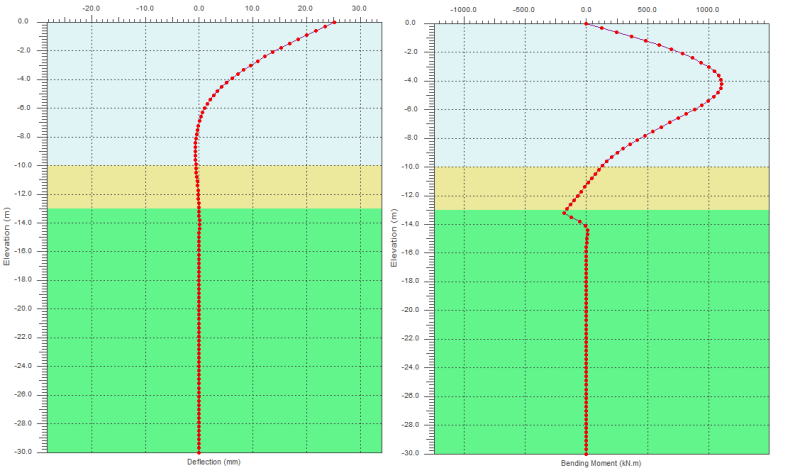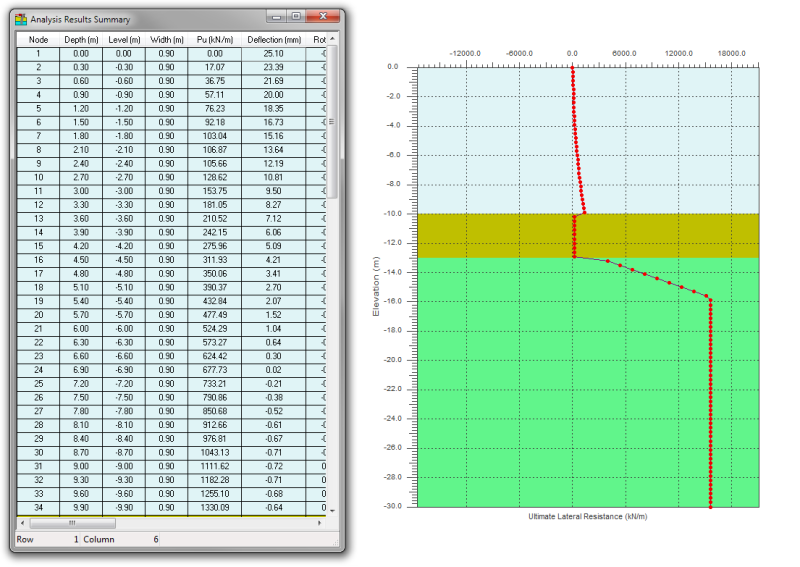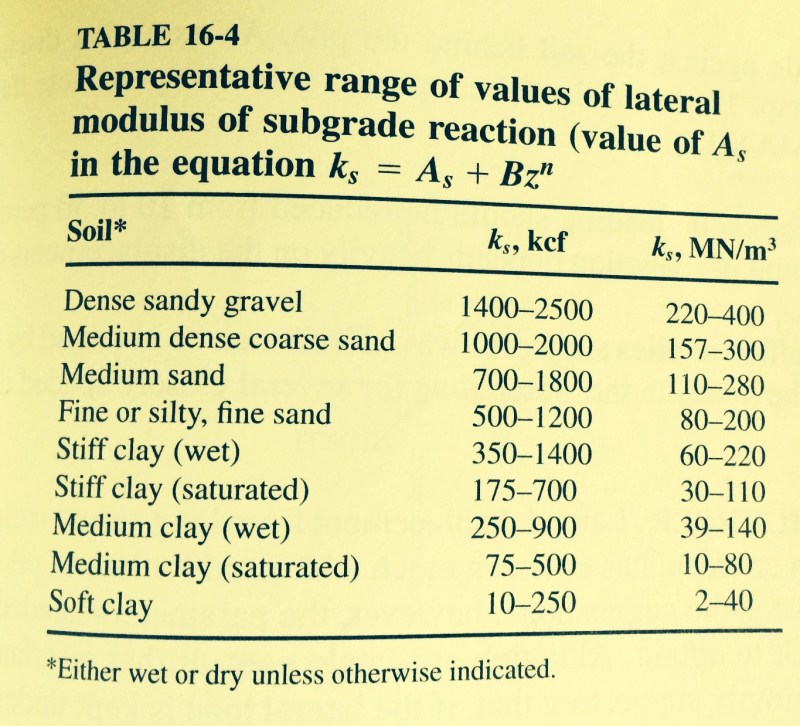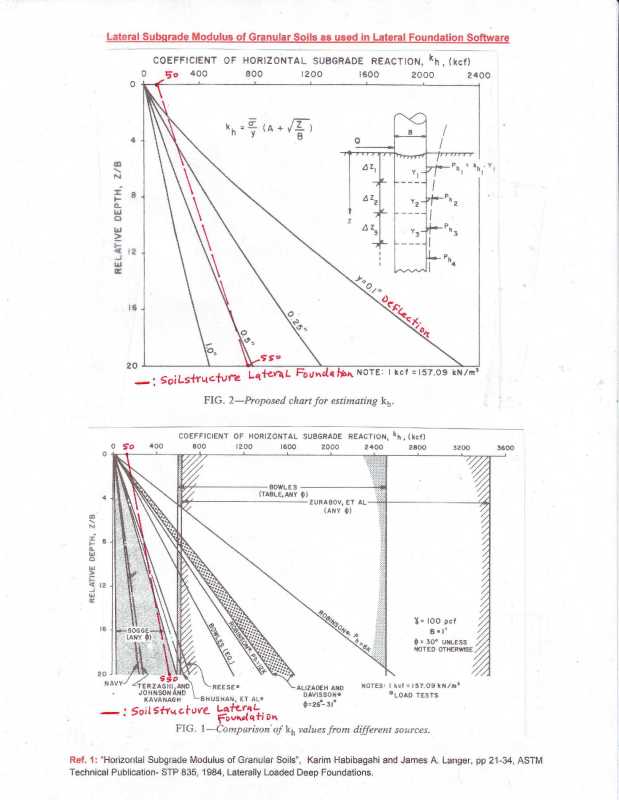I could use some help on this and thanks in advance!
So, I have been given the task of analysing the effects of a lateral force acting on a
existing pile foundation in a project
The contractor is preparing to prop the temporary retaining wall on to a pile at about 45 degree angle. I want to estimate the stress generated at the point where the prop connects with the pile given that the surrounding soil generates a lateral resistance to the applied force. I can calculate the stress applied however in order to model the effect from soil I'm confused how to obtain the soil spring parameters. The soil is loose sand upto about 10 meters and a small peat layer is also present. After that its weathered rock.
Please give me clues on this.
Thanks
So, I have been given the task of analysing the effects of a lateral force acting on a
existing pile foundation in a project
The contractor is preparing to prop the temporary retaining wall on to a pile at about 45 degree angle. I want to estimate the stress generated at the point where the prop connects with the pile given that the surrounding soil generates a lateral resistance to the applied force. I can calculate the stress applied however in order to model the effect from soil I'm confused how to obtain the soil spring parameters. The soil is loose sand upto about 10 meters and a small peat layer is also present. After that its weathered rock.
Please give me clues on this.
Thanks






